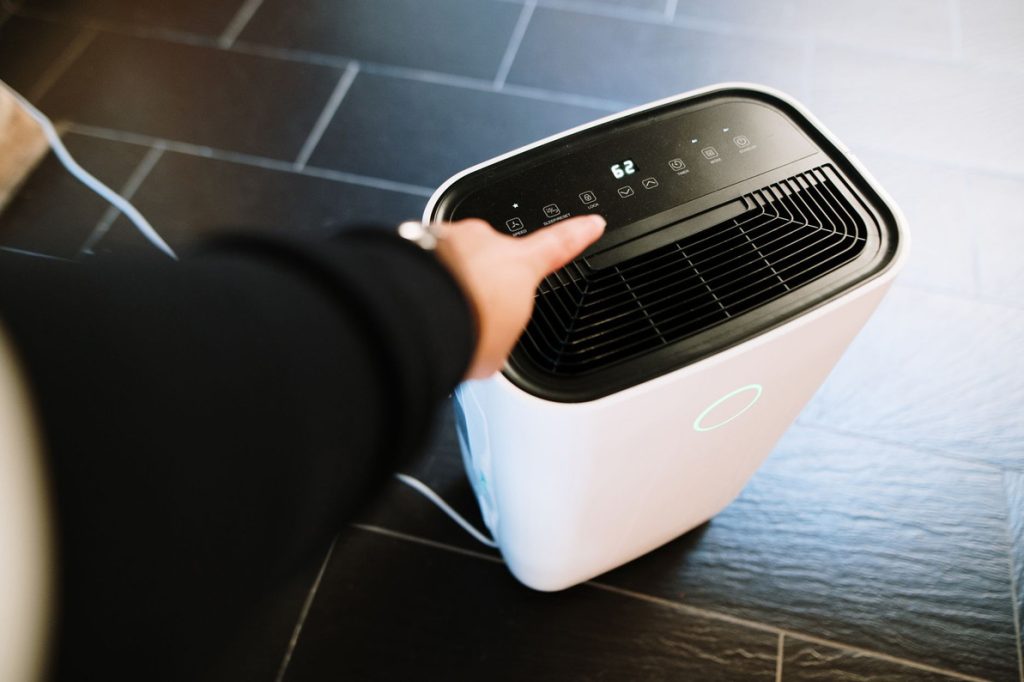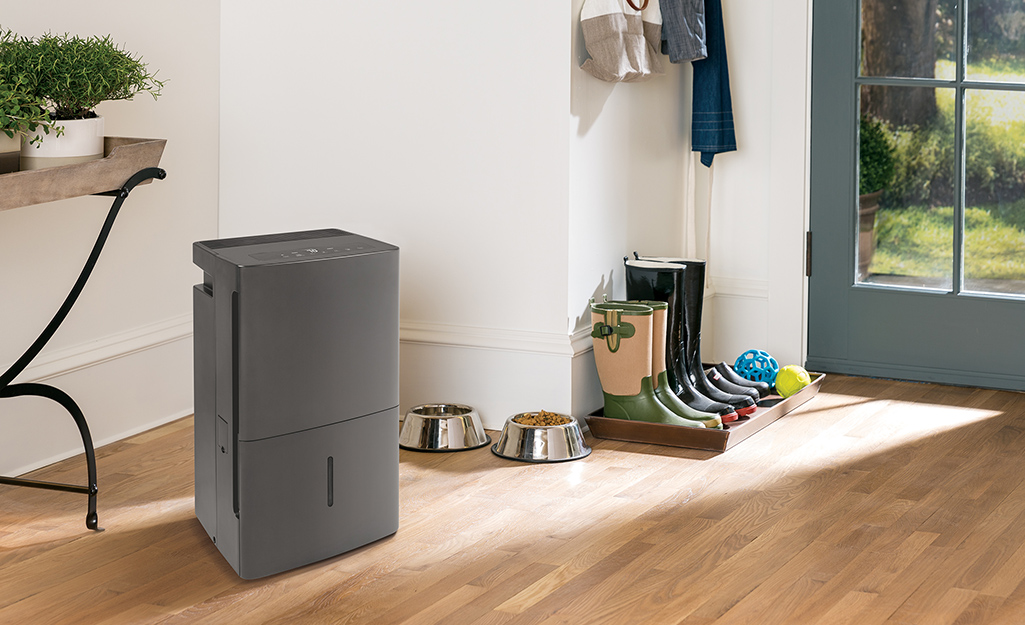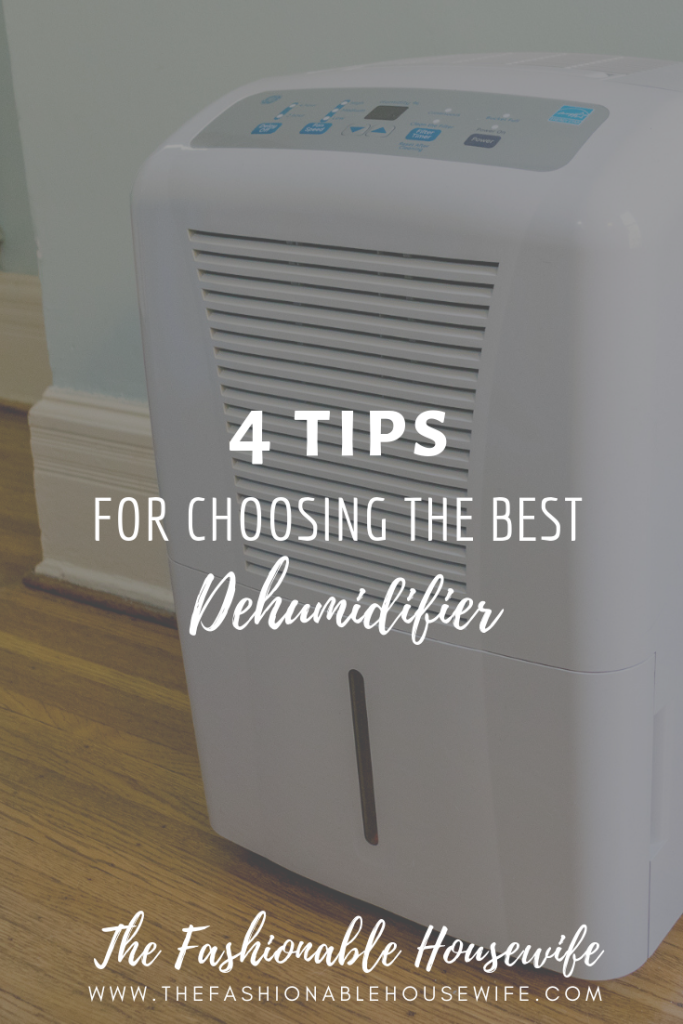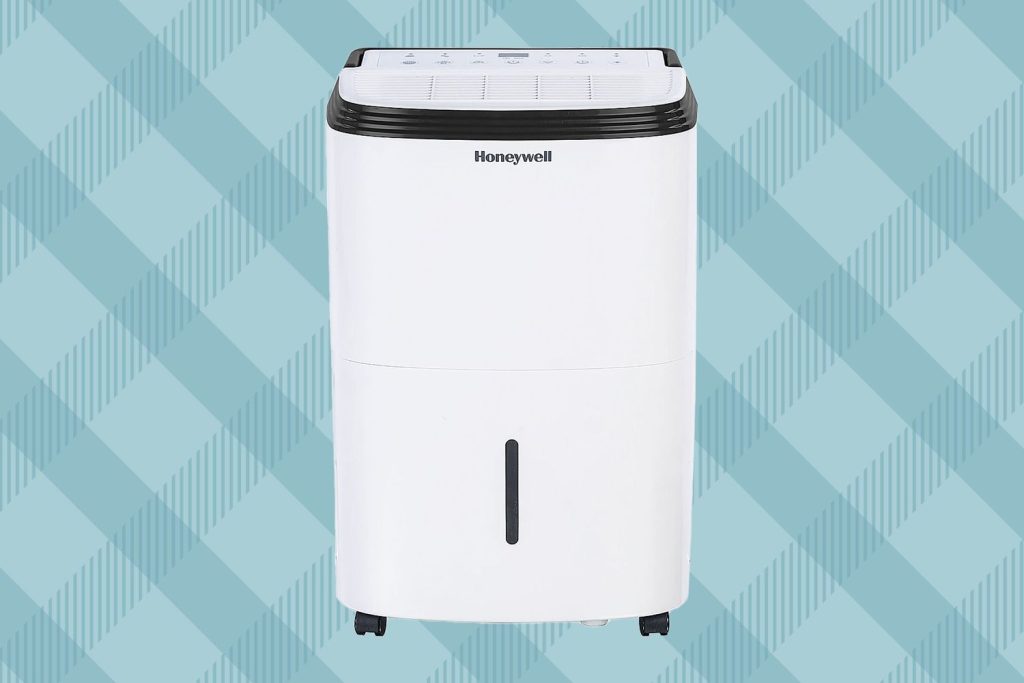Are you tired of excess moisture in your home causing discomfort and potential damage? Look no further! This article will provide you with essential tips for choosing the perfect dehumidifier for your home. Whether you’re dealing with high humidity levels in your basement or looking to improve air quality in your living spaces, we’ve got you covered. Say goodbye to dampness and hello to a more comfortable living environment with the right dehumidifier.
Factors to Consider
Size of the Room
When choosing a dehumidifier for your home, the first factor to consider is the size of the room or area that you need to dehumidify. The size of the room will determine the capacity and coverage area of the dehumidifier that you need. If you have a larger room or multiple connected rooms, you will need a dehumidifier with a higher capacity to effectively remove moisture from the air.
Moisture Level
The next factor to consider is the moisture level in your home. If you live in a region with high humidity levels, you may need a more powerful dehumidifier to effectively control the moisture in the air. On the other hand, if you only have minor moisture issues or live in a drier climate, a smaller dehumidifier may be sufficient.
Budget
Your budget is another important factor to consider when choosing a dehumidifier. Dehumidifiers come in a wide range of prices, so it’s important to determine how much you are willing to spend. While it may be tempting to opt for a cheaper model, it’s important to balance cost with quality and efficiency. Investing in a slightly more expensive, high-quality dehumidifier can save you money in the long run by being more energy-efficient and having a longer lifespan.
Types of Dehumidifiers
Refrigerant (Compressor) Dehumidifier
Refrigerant dehumidifiers, also known as compressor dehumidifiers, are the most common type of dehumidifiers. They work by drawing moist air into the unit, where it passes over a cold coil. The moisture in the air condenses on the coil and collects in a reservoir, while the dry air is released back into the room. Refrigerant dehumidifiers are highly effective and can handle large moisture removal capacities.
Desiccant Dehumidifier
Desiccant dehumidifiers use a desiccant material, such as silica gel, to absorb moisture from the air. The moist air is passed over the desiccant material, which absorbs the moisture and releases dry air back into the room. Desiccant dehumidifiers are often used in colder climates or in areas where lower temperatures are required, as they are not dependent on the temperature of the surrounding air for effective dehumidification.
Whole House Dehumidifier
As the name suggests, whole house dehumidifiers are designed to dehumidify an entire house or large areas of your home. These dehumidifiers are typically installed as a part of your home’s HVAC system and are able to remove moisture from multiple rooms simultaneously. Whole house dehumidifiers are a great option if you have consistent moisture issues throughout your home or if you want a more integrated and permanent solution.

Capacity and Coverage Area
Understanding Pints per Day
When looking at the specifications of dehumidifiers, you will often come across the term “pints per day.” This refers to the amount of moisture that the dehumidifier is capable of removing from the air in a 24-hour period. The higher the pints per day rating, the more moisture the dehumidifier can remove. It’s important to choose a dehumidifier with a capacity that matches the moisture levels in your home to ensure effective dehumidification.
Matching Capacity to Room Size
In addition to understanding the pints per day rating, it’s important to consider the coverage area of the dehumidifier. Dehumidifiers are designed to work within a specific square footage range. It’s crucial to choose a dehumidifier that matches the size of the room or area that you need to dehumidify. If the dehumidifier is too small, it will struggle to effectively remove moisture from the air. Conversely, if the dehumidifier is too large, it may cycle on and off too frequently, resulting in inefficient operation and unnecessary energy consumption.
Energy Efficiency
Energy Star Rating
Energy efficiency is an important consideration when choosing a dehumidifier, as it directly impacts the operating costs of the unit. Look for dehumidifiers with an Energy Star rating, as this indicates that the unit meets strict energy efficiency guidelines set by the Environmental Protection Agency (EPA). Energy Star-rated dehumidifiers are designed to consume less energy while still providing effective dehumidification.
Additional Energy-saving Features
In addition to the Energy Star rating, there are other energy-saving features to look for. Some dehumidifiers have built-in humidistats, which allow the unit to automatically turn on and off to maintain a desired humidity level. This helps to conserve energy by only running the dehumidifier when necessary. Other energy-saving features may include timers, which allow you to schedule the dehumidifier to run at specific times, and adjustable fan speeds, which allow you to control the power consumption of the unit.

Noise Level
Decibel Rating
The noise level of a dehumidifier is an important consideration, especially if you plan on using it in areas where low noise levels are important, such as bedrooms or living rooms. Dehumidifiers are rated in decibels (dB), with lower dB ratings indicating quieter operation. Look for dehumidifiers with lower decibel ratings if noise is a concern for you.
Location of the Dehumidifier
The location of the dehumidifier within your home can also affect the perceived noise level. Placing the dehumidifier in a central location, away from bedrooms and living areas, can help to minimize noise disturbance. Additionally, placing the dehumidifier on a stable surface or mounting it on a wall can help to reduce vibrations and further decrease noise levels.
Portability and Mobility
Size and Weight
Consider the size and weight of the dehumidifier, especially if you plan on moving it frequently or using it in different rooms or areas of your home. Smaller and lighter dehumidifiers are easier to transport and maneuver, making them more suitable for those who require mobility.
Built-in Wheels or Handles
To further enhance portability, look for dehumidifiers with built-in wheels or handles. These features make it easier to move the dehumidifier from one area to another without straining your back or requiring additional equipment. Built-in wheels are particularly useful for larger and heavier dehumidifier models.

Drainage Options
Gravity Drainage
Many dehumidifiers offer the option for gravity drainage, where the collected moisture is drained through a hose that leads to a nearby drain or sink. This can be a convenient option if you have a drain nearby and don’t want to manually empty the collected moisture. However, it’s important to ensure that the drainage hose doesn’t become clogged or blocked to maintain efficient operation.
Direct Drainage
Some dehumidifiers also offer direct drainage, where the collected moisture is automatically pumped out through a hose into a designated drain or sink. This eliminates the need for regular monitoring and emptying of the water reservoir. Direct drainage is especially useful if you plan on using your dehumidifier in a basement or other areas that may require continuous operation.
Manual Emptying
If you opt for a dehumidifier without drainage capabilities or prefer a more hands-on approach, you can choose a model that requires manual emptying. These dehumidifiers have a removable water reservoir that needs to be emptied periodically. While this option may require more effort on your part, it can be a suitable choice if you have easy access to the dehumidifier and don’t mind regular maintenance.
Control Settings and Features
Humidistat
A built-in humidistat is a valuable feature to look for in a dehumidifier. A humidistat allows you to set a desired humidity level, and the dehumidifier will automatically turn on and off to maintain that level. This not only helps to maintain comfortable and healthy humidity levels but also prevents the dehumidifier from running unnecessarily and consuming excess energy.
Timer
A timer feature allows you to schedule specific times for the dehumidifier to turn on and off. This can be particularly useful if you want the dehumidifier to only operate during certain hours, such as when you are away from home or when electricity rates are lower. A timer can help to optimize energy usage and ensure that the dehumidifier operates efficiently according to your schedule.
Auto Shut-off
Auto shut-off is a safety feature that automatically turns off the dehumidifier when the water reservoir is full or when a desired humidity level is reached. This prevents overflow and potential water damage in your home. Look for dehumidifiers with this feature to ensure peace of mind and avoid any potential accidents or inconvenience.
Adjustable Fan Speed
Different situations may require different fan speeds to achieve optimal dehumidification. Look for dehumidifiers with adjustable fan speeds, allowing you to customize the power and speed of the fan according to your needs. It’s useful to have the flexibility to increase the fan speed for quicker dehumidification or decrease it for quieter operation.

Maintenance and Filter
Washable vs Replaceable Filter
Dehumidifiers often come with a filter that helps to clean the air by capturing dust, debris, and other particles. Some models have washable filters, while others require replacements. Washable filters are more cost-effective in the long run since they can be reused and cleaned regularly. However, replaceable filters may be more convenient for those who prefer a low-maintenance option.
Maintenance Requirements
Consider the maintenance requirements of the dehumidifier, including how often the filter needs to be cleaned or replaced, as well as any other maintenance tasks that may be required. It’s important to choose a dehumidifier with maintenance requirements that align with your lifestyle and schedule to ensure that it remains operating efficiently and effectively.
Warranty and Customer Support
Length of Warranty
When investing in a dehumidifier for your home, it’s important to consider the warranty offered by the manufacturer. A longer warranty period demonstrates that the manufacturer has confidence in the quality and durability of their product. Look for dehumidifiers with a substantial warranty to provide you with peace of mind and protection against any potential defects or malfunctions.
Availability of Customer Support
In addition to the warranty, it’s also crucial to consider the availability of customer support. Does the manufacturer offer reliable customer service and support channels, such as phone or email? Good customer support is essential if you have any questions, concerns, or need assistance with your dehumidifier. Look for manufacturers that prioritize customer satisfaction and have a solid reputation for providing excellent support.
Choosing the perfect dehumidifier for your home requires careful consideration of various factors. From the size of the room to the energy efficiency and drainage options, each aspect plays a crucial role in ensuring the effectiveness and convenience of your dehumidifier. By taking these factors into account and understanding the different types and features available, you can make an informed decision that suits your home’s specific needs and preferences. Remember to prioritize efficiency, ease of use, and durability to choose a dehumidifier that will provide you with years of comfortable and moisture-free living.


Hi, I’m Cohan, the author behind Your Dehumidifier Guide, a website dedicated to helping you create a healthier and more comfortable living environment. With a tagline of “Breathe Easy, Live Better,” my ultimate goal is to provide you with the best dehumidification solutions for your home. Whether you’re looking for the perfect dehumidifier for your bathroom, small room, or basement, I’ve got you covered. Through in-depth reviews and comprehensive buying guides, I aim to equip you with the knowledge to tackle high humidity levels, prevent mold growth, and improve your indoor air quality. Trust me to be your ultimate guide in the world of dehumidifiers.